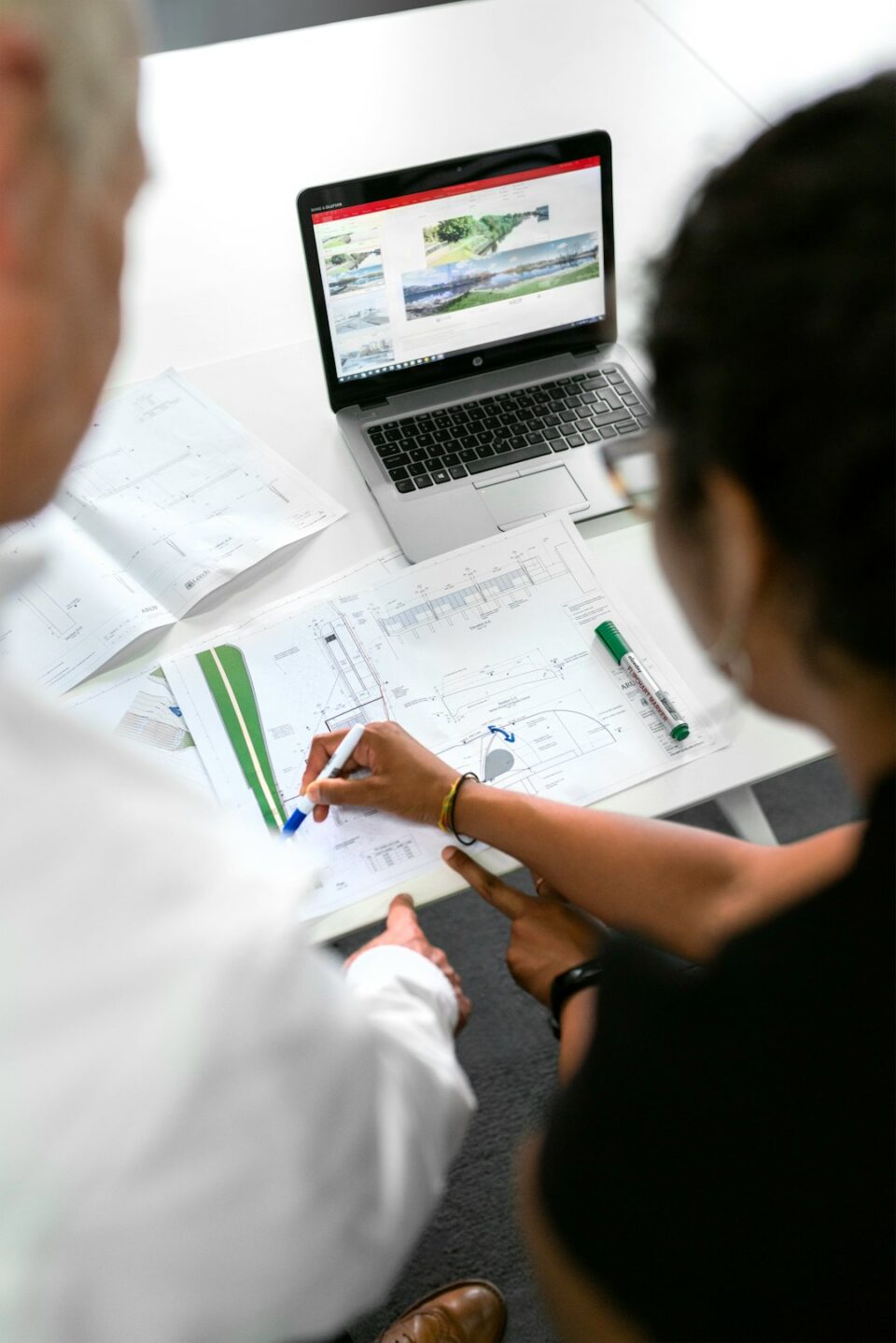Geotechnical engineering is a field of civil engineering that deals with the behavior of earth materials such as soil, rock, and groundwater. It plays a crucial role in the design and construction of buildings, roads, bridges, tunnels, and other infrastructure projects. However, like any other engineering discipline, geotechnical engineering is not without its challenges. In this blog post, we will discuss some of the key challenges faced by geotechnical engineers and how they are overcoming them.
One of the biggest challenges in geotechnical engineering is the inherent variability of soil and rock. Earth materials are not uniform, and their properties can vary significantly from one location to another. This variability can make it difficult for engineers to predict how a particular soil or rock formation will behave under different conditions. For example, the shear strength of a soil sample taken from one location may be very different from that of a sample taken from a nearby location. This variability can lead to unforeseen problems during construction, such as foundation settlement or slope instability.
To overcome the challenge of soil variability, geotechnical engineers use a combination of field testing, laboratory testing, and geotechnical modeling. Field testing involves taking soil samples from the site and analyzing their properties in situ. Laboratory testing involves subjecting soil samples to different loading conditions to determine their strength and deformation characteristics. Geotechnical modeling involves using computer software to simulate the behavior of soil and rock under various conditions. By combining these techniques, engineers can better understand the variability of earth materials and make more accurate predictions about their behavior.
Another challenge in geotechnical engineering is the interaction between soil and water. Water can have a significant impact on the mechanical properties of soil and rock, affecting their strength, permeability, and stability. For example, when water infiltrates a soil mass, it can increase the pore water pressure and reduce the effective stress, leading to soil liquefaction or slope failure. Similarly, when water is drained from a soil mass, it can cause consolidation and settlement of the ground.
To address the challenge of soil-water interaction, geotechnical engineers employ various techniques such as drainage systems, dewatering methods, and ground improvement techniques. Drainage systems are designed to control the flow of water within and around a structure, preventing waterlogging and reducing the risk of slope instability. Dewatering methods involve removing water from a site using pumps, wells, or trenches to reduce pore water pressure and improve soil strength. Ground improvement techniques, such as compaction, stabilization, and reinforcement, are used to enhance the mechanical properties of soil and rock to make them more suitable for construction.
One of the most pressing challenges in geotechnical engineering is the impact of climate change on infrastructure. Climate change is causing more frequent and severe weather events such as floods, hurricanes, and landslides, which can damage infrastructure and threaten public safety. Rising sea levels and changing precipitation patterns are also affecting the stability of coastal structures and underground utilities. Geotechnical engineers must take into account these changing environmental conditions when designing and constructing new infrastructure projects.
To mitigate the impact of climate change on infrastructure, geotechnical engineers are adopting sustainable construction practices such as green infrastructure, resilient design, and climate adaptation measures. Green infrastructure involves using natural materials and vegetation to improve the resilience of a site to flooding, erosion, and other environmental hazards. Resilient design involves designing structures that can withstand extreme weather events and minimize the risk of failure. Climate adaptation measures involve incorporating climate data and projections into the design process to ensure that infrastructure is resilient to future climate conditions.
In addition to natural disasters, geotechnical engineers also face the challenge of man-made hazards such as mining subsidence, ground vibrations from construction activities, and contamination from industrial waste. These hazards can pose significant risks to public safety and the environment if not properly managed. Geotechnical engineers work closely with other stakeholders such as geologists, environmental scientists, and regulatory agencies to assess the risks posed by man-made hazards and develop mitigation strategies.
Overall, geotechnical engineering is a challenging and dynamic field that requires constant innovation and adaptation to address the complex issues facing the built environment. By understanding and addressing the challenges of soil variability, soil-water interaction, climate change, and man-made hazards, geotechnical engineers can contribute to the sustainable and resilient development of infrastructure for future generations.

